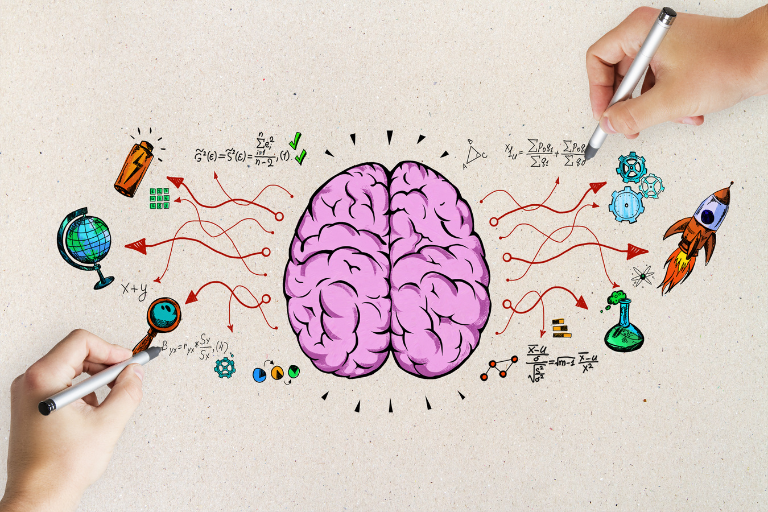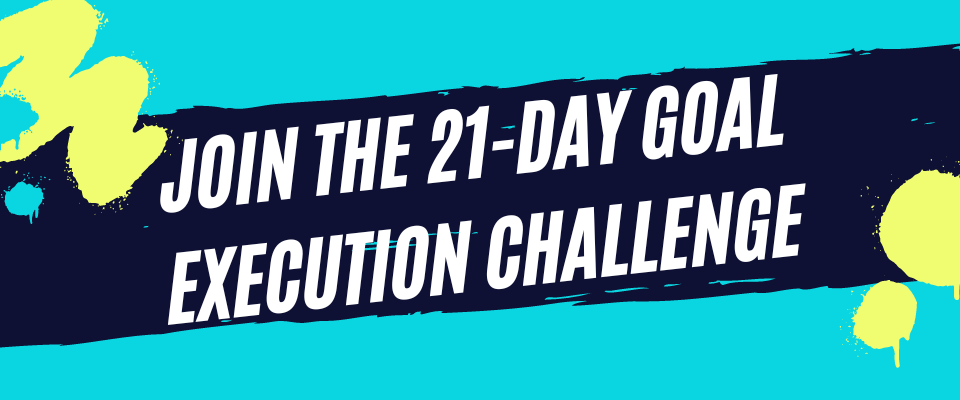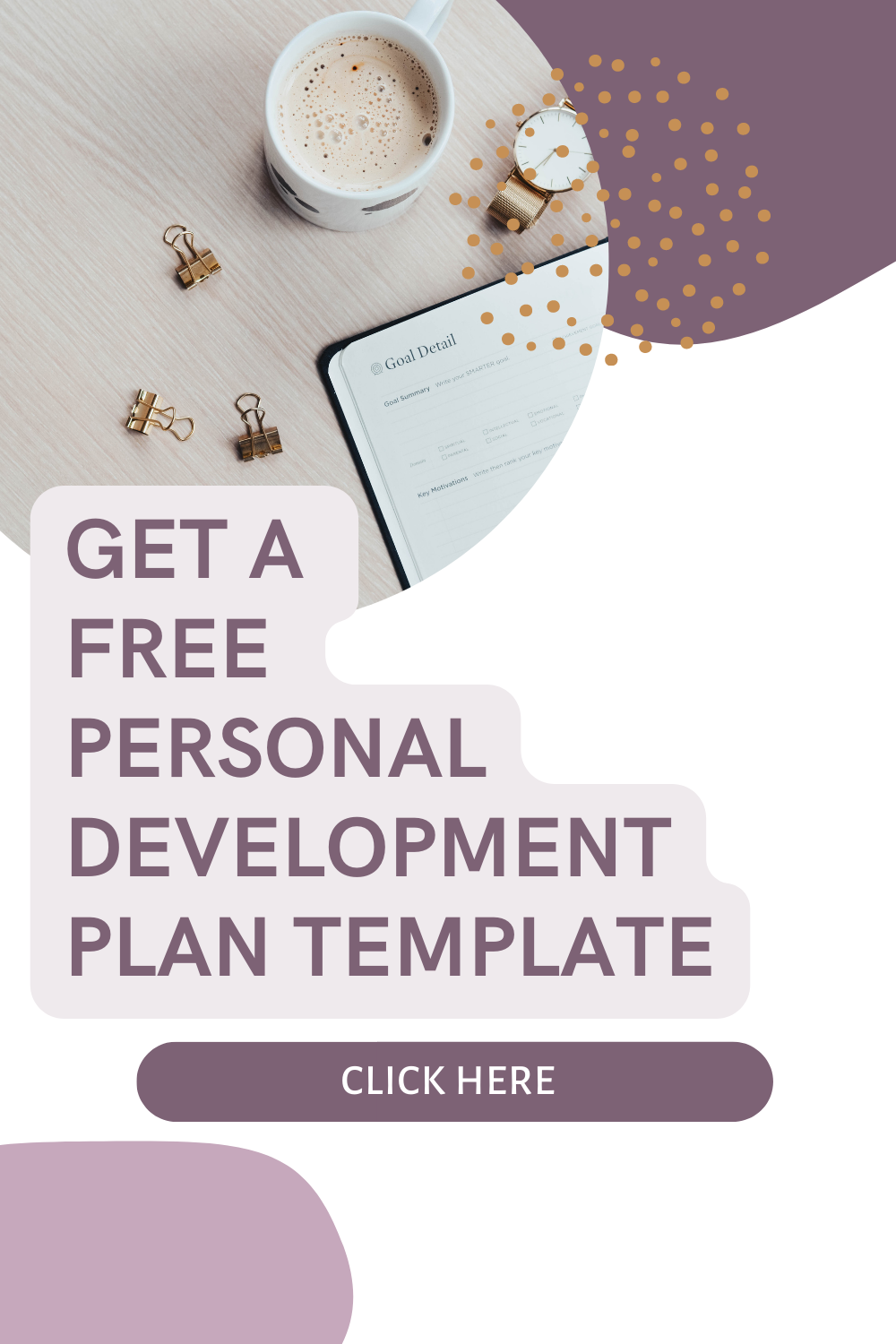- Home
- Think Pieces
- Psychology and Language
- Metacognitive Strategies
7 Metacognitive Strategies That Will Transform the Way You Learn
Metacognition - or thinking about the way you think - can transform the way you learn. Let’s explore key metacognitive strategies and how we can apply them.

When looking for ways to optimize your learning, sometimes you have to crawl beneath the surface and observe the way you think.
In this article, we will talk about popular metacognitive strategies that teachers can use in the classroom.
If you're an educator, these strategies will help your students engage better with the material and retain it.
If you're an individual learner, these strategies will help you process everything you're learning on a deeper level, so you can more readily apply it.
What are Metacognitive Strategies?
Metacognition means "thinking about one's own thinking".
Therefore, metacognitive strategies are strategies that prompt students to develop a greater awareness of their thought processes as they learn.
Rather than just presenting students with information, metacognitive strategies encourage students to think about the information they are receiving, where it comes from, and how it fits in with what they already know.
Metacognitive strategies enable students to be more mindful of what they are doing and why, including how the skills they are learning can be used differently in different situations.
Students engage in metacognitive learning when they:
- Self-assess their mastery of prerequisite skills and knowledge needed to complete a tasks successfully
- Monitor their progress and the overall effectiveness of their approach to completing a task
- Seek context clues that offer insight on how an unfamiliar task might be accomplished
- Seek help from a teacher or a peer when their initial approach to a task is unsuccessful
Benefits of Metacognitive Strategies
Why do educators encourage learners to adopt metacognitive strategies?
Because metacognitive thinking empowers students. Awareness of the learning process enhances control over one's own learning.
As such, a student who routinely uses metacognitive strategies becomes a more confident, independent learner.
The very nature of metacognitive strategies is that they are self-regulated by the learner, meaning that learners can use metacognitive insights to guide how they dynamically adjust their approach to learning.
For example, a student who initially perceives a task to be too complex for them and beyond their expertise to complete might regulate this mindset in several ways. They might:
- Allow themselves extra time to complete the task
- Break the task down into smaller subtasks, then determine which subtasks they can master on their own and which will require help
- Adopt a more laid back approach, concluding that their effort will be worth the results, even if they don't complete all elements of the task successfully. The important thing is that they are learning something new, and so if they don't get it this time, they will get it the next time.
Overall, metacognitive skills are valuable because a student's ability to self-reflect on their learning can be important or even more important than specialized knowledge.
Metacognitive skills are transferable skills that can be applied to various careers and interests. No matter the subject, it's important to be able to think critically about what you're learning.
Examples of Metacognitive Strategies
Let's now consider some common examples of metacognitive strategies in practice:
1. Pre-Assessment of Knowledge/Definitions
A very useful metacognitive strategy that teachers can use in the classroom is getting their students to define a term before presenting them with the official definition.
This is an excellent strategy because it gets students to actively think about the topic at hand, and to reach into their memory to retrieve pre-existing thoughts and opinions about the topic.
It's also a good way for the teacher to discover what students already know and where learning gaps may be.
If you're an individual learner, you can still use this strategy. If you're reading a book and you come across a term you are not familiar with, try to think about what the term might mean, especially in the context of what you're reading.
Do this before you pick up the dictionary to confirm. It will strengthen your metacognitive skills and increase your engagement with the topic.
The same principle applies when starting a chapter in a nonfiction book that introduces a new concept. Before reading the entire chapter, scan the subheadings and try explaining the concept based on your first impressions.
This will increase your retention when you eventually discover the full/correct explanation, because you've already made a connection to the concept beforehand!
2. Brainstorming Aloud
Another useful metacognitive learning strategy that educators can implement is encouraging students to brainstorm aloud in groups.
When presenting a new problem, such as a new method of solving a math equation, a teacher could get students to discuss in groups how they would go about solving the problem.
This is an effective technique, not only because it encourages the learner to think about their own thinking, but also because it introduces them to the different ways that other people might think and solve a problem.
Sometimes there is more than one way of solving a problem, so brainstorming in a group is a great way for students to expand their thinking and become more aware of the various solutions that are available, and the logic behind them.

3. Using Learning Objectives
Learning objectives provide a structured framework that students can use to evaluate their learning.
When a teacher begins a class by identifying three or four objectives or goals that students should aim to achieve by the end of the class it keeps students subconsciously (and even consciously) focused on the objective throughout the learning session.
Learning objectives also provide a framework that students can use when engaging independent learning.
Rather than just diving into a study session, they will be more inclined to think about what exactly they want to learn and metrics they can use to determine if the study session was successful or not.
4. Goal Setting
Similar to learning objectives, goal setting encourages students to think about the outcome of learning, however it provides greater flexibility because students select their own desired outcome.
For example, before starting a module, a teacher could ask students to each write down something related to the topic that they would like to know or be able to do by the end of the semester.
For example, a tennis coach might ask learners what skills they would like to master by the end of a 6 week program.
Learners might mention skill such as,
- Serving
- Volleying
- Drop Shots
- Follow through
- Returning the Ball
- Footwork
- Strength and Power, and so forth...
These self-directed goals increase students' engagement in the learning process by giving them something to look forward to. Ultimately, the reason this strategy is so effective is that the outcome is something that's desirable to each individual learner.
5. Using Essay vs Multiple Choice Questions
Multiple choice questions are the easiest type of questions for teachers to grade, especially when using a scantron machine.
However, in relation to metacognitive strategies, essay-based questions provide better opportunities for students to engage in critical thinking.
Students typically require lower-level thinking to answer multiple choice questions (not to mention that they can just resort to guessing) but short answer and long answer questions require greater analysis and reflection.
Essay-type questions don't just prompt learners to recall a concept they have memorized, they typically also urge learners to provide justification or explanation for a conclusion, which involves thinking about how you arrived at that conclusion.
When students get into the practice of thinking about how they came up with an answer, it will help them in future assessment scenarios, such as a cumulative final exam where they will encounter similar questions about a topic.

6. Directed Paraphrasing
Directed Paraphrasing is an exercise in which students provide an explanation of something they have just learned, geared towards an non-expert audience.
This is a powerful metacognitive strategy because you need to truly understand a concept in order to be able to teach it to someone with no experience in that area.
For example, a university professor might ask: "How would you explain cloud computing to your grandmother?"
Or a high school teacher might ask, "How would you explain photosynthesis to a 5 year old?"
I personally remember in class when teachers would ask how we would explain various concepts to an alien who just landed on earth.
After students complete the directed paraphrasing exercises, the teacher can then categorize the responses based on the characteristics that are most important to developing a full understanding of the concept.
The results can also be used to identify topics that students would benefit from reviewing again.
Overall, directed paraphrasing provides an interesting and creative way for students to engage in the metacognitive process by summarizing a topic in their own words, using appropriate terminology, and considering how to best communicate to a specific audience.
7. Reviewing Exams
Another effective way teachers can implement metacognitive learning strategies in the classroom is by reviewing exams with students.
After marking the exam, the teacher can hand back the papers to the students and go over each question individually, so students have an opportunity to reflect on what they did well and what they could have improved on.
This goes far beyond just assigning a student a grade and leaving them to guess which questions they got wrong and which questions they got right.
The key here is not to rush through the review session, but to explain each answer thoroughly, including the thought process behind it.
This way, students will be able to identify how close they were to getting the answer, and "where they missed the turn", so to speak.
Reviewing exams is a strategy that is especially useful when students will be tested on the material again, for example, when there will be a cumulative final exam.
As you review the exam as a group, allow your students to ask all the questions they have about the topics now, so that they will be prepared when they encounter similar questions in the future.
Final Thoughts
Sometimes we get too engrossed in learning that we forget to take a step back and actually think about the way we think.
Hopefully, this article has helped you discover useful metacognitive strategies that you can put into practice to improve learning and retention.
We mainly spoke from the perspective of teachers who are looking for metacognitive strategies to assist students, but these strategies can be modified to meet your needs if you're an individual learner.
As a recap, the advantages of metacognitive strategies include:
- becoming a more independent learner
- greater self-awareness and ability to manage one's own motivation
- enhanced self-regulation, including the ability to expand strengths and grow from weaknesses
Today's knowledge economy demands competent, adaptive learners who can drive their own learning processes, so learning about and implementing metacognitive strategies is well worth the effort.
If you're interested in discovering more strategies to improve the way you learn, I recommend checking out the Learning How to Learn Course on Coursera, taught by Barbara Oakley and Dr. Terrence Sejnowski. It taught me a few cool concepts that I use today.
Happy Learning!
Thanks for reading! If you liked this content, share with a friend:
Recent Articles
-
5 Small Gestures That Matter More Than “I Love You”
Dec 26, 25 07:37 PM
Small, consistent actions often reveal more love than words. Here are 5 subtle gestures that matter more than “I love you”. -
11 Best Gifts for Psychology Majors That Will Delight and Amuse
Dec 07, 25 01:46 PM
Looking for the perfect psychology-themed present for a college student or therapist? Here is a roundup of the best gifts for psychology majors. -
15 Best Gifts for High Maintenance Women and Self-Care Queens
Nov 24, 25 06:49 PM
What do you buy a lady who is already accustomed to a lavish lifestyle? Here are ideal gifts for high maintenance women who never settle for less than the best.
Your second block of text...



























